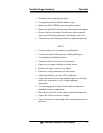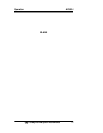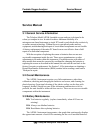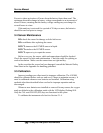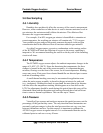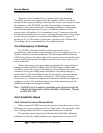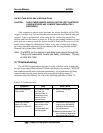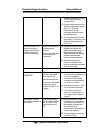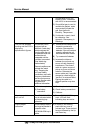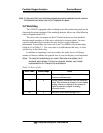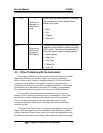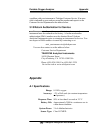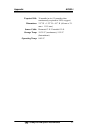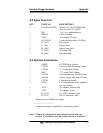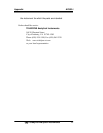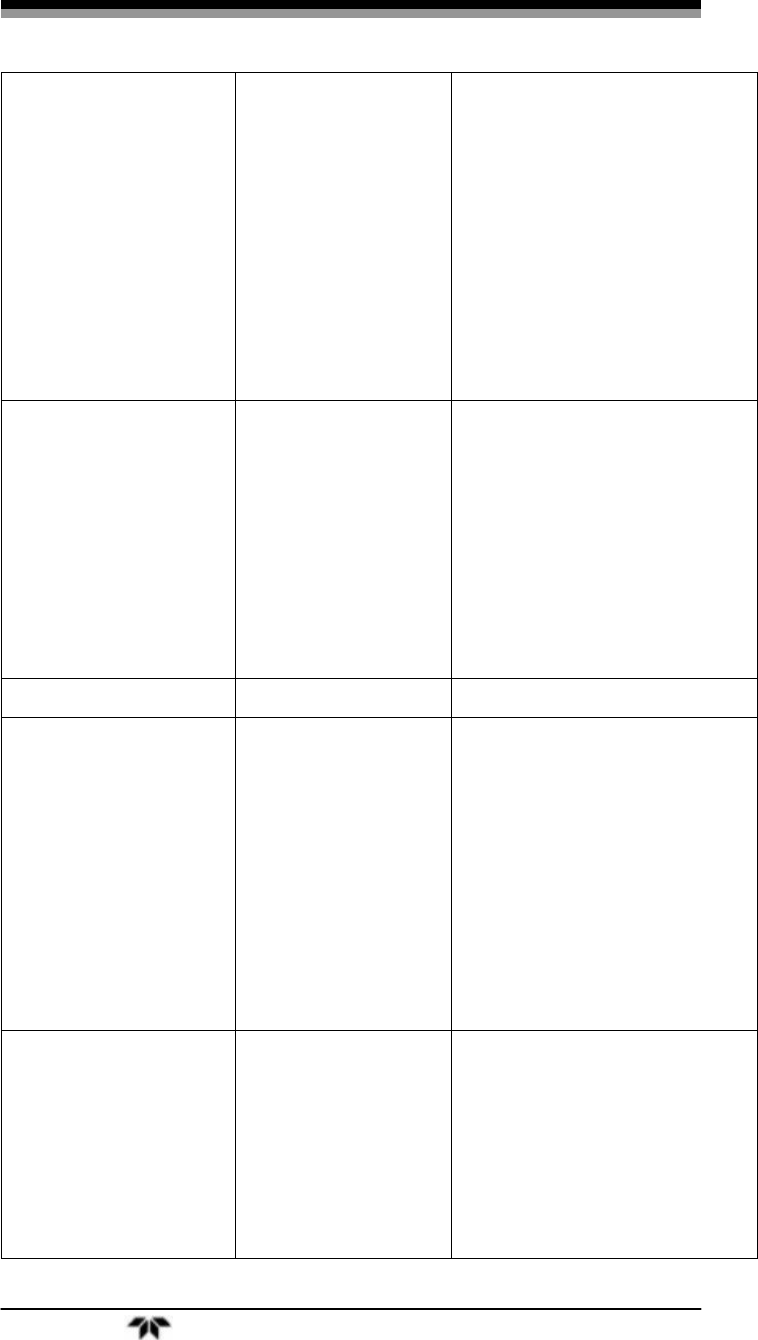
Portable Oxygen Analyzer Service Manual
Teledyne Analytical Instruments 37
adapter to prevent back filling.
O2 flow rate should not
exceed 5 l/min.
C) Oxygen concentration at the
sensor is significantly higher
than 21%. Take the
instrument to a well-
ventilated area and check
the reading again.
E) Try calibrating with a known
good sensor; if this fails, see
symptom "Reading drifts
over 2–3%..."
The sensor does not
react to changes in
oxygen concentration,
or the readings are
unstable and drifting.
Water is condensing
on the sensing
surface.
Electrical interference
is disrupting the
electronics
A) Remove the sensor from tee
adapter and unscrew the
plastic flow diverter. Using
absorbent tissue or cotton
swab, gently wipe off sensing
surface inside threaded
portion of sensor assembly.
B) Relocate unit away from
sources of electrical noise
such as cauterizing equipment
and two-way radios.
The display is flashing
√ SENSOR
The unit has detected
a fault in the signal
from the sensor.
Sensor has expired.
The sensor has been
exposed to a gas
containing little or no
oxygen.
A) Check sensor cable
connections and make sure
they are completely
inserted into the mating
connector and the capture
nut is firmly in place.
B) Expose the sensor in 100%
O2 and check calibration.
C) The sensor output has
fallen to a level where it is
no longer usable. Replace
sensor.
The oxygen reading
fluctuates or appears to
be incorrect.
Like all O2 sensors,
the R17MED detects
the changes in the
partial pressure of
O2.
A) During calibration, make
sure there is no restrictions
on exhaust side of sensor. If
the reading changes with
flow, the sensor is
pressurized or there may be
a leak in the system.
B) If a high degree of accuracy
is desired, or the



